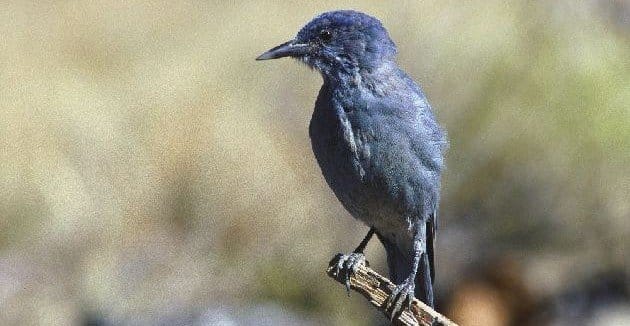
The single greatest challenge facing any book of science writing is balance. It is vital to convey the full nuance of the facts, but for most readers the conventional ways of communicating those facts — charts, margins of error, carefully delineated hypotheses — come across as dull or incomprehensible. Otherwise, there would be no science writing, everyone would just go straight to the journals. On the other hand, if the writer relies too much on storytelling techniques to hold the audience and eschews all those dry-bones numbers and facts, then a good reader is likely to start poking at the premise and asking “How do you know?” or “What about…?”
Gifts of the Crow by John Marzluff and Tony Angell finds the crucial balance between those poles, perhaps because they are respectively a researcher and an artist. Their topic is the corvid brain — and they range widely over that topic, discussing planning in Ravens and theory of mind in Pinyon Jays, play in American Crows and gift-giving in Black-billed Magpies among a myriad of topics. In each instance they start with a striking anecdote — my particular favorite took place on the University of Montana campus, where in 1964 an American Crow learned to call and taunt stray dogs into causing perhaps the most adorable college riots of the decade. They then lay out the possible implications of the behavior, offering multiple explanations and then laying out the current research, as well as additional field observations, to explore what this behavior means in the big picture, both for corvids as a group and for our understanding of the common roots of evolved behavior in general. They even provide a number of handy illustrations representing the physical layout of a crow’s nervous system, the better to follow along when talk turns to the hippocampus or the nucleus accumbens. They draw on the work of such notable researchers as Bernd Heinrich and Irene Pepperberg as well as the observations of everyday birders and their own work.
The authors resist getting mystical or sentimental, nor do they unduly move humans front and center except as fellow-beings that affect the environment their subjects live in (despite the subtitle.) However, they do emphasize strongly that like humans, the large corvids are animals who rely on being adaptable, curious, and social for their survival, and that this gives them a commonality with us despite our very real differences. Nothing keeps a human reader more engaged than a genuine character, and the birds here are exactly that.
One element that seems likely to cause controversy with readers of this website is a remark, in the last chapter, that the authors believe that laws against keeping corvids as pets should be relaxed. They are right, I think, in saying it is perverse that we can kill crows but not coddle them. It is also clear that the authors envision a system where crows are more romping family members, like dogs, and less decorations in a cage like so many avian captives. Still, history has proven that encouraging the raiding of nests and the removal of creatures from the wild willy-nilly can have surprisingly detrimental consequences even for common species, and the question then becomes whether the overall positive effect of a generation of young people who have first-hand knowledge of these complex birds outweighs the inevitable loss of many individuals to human haplessness.
That issue aside, though, this is a fascinating book which will engage not just birders, but most people who have any interest in nature or the science of the mind.
Pinyon Jay by Dave Menke of the US FWS. This Pinyon Jay knows what you did last summer, at least when it comes to stealing pine nuts.













Thank you for this review, Carrie. The book is next on my purchase list. I’ve read other works by John Marzluff, and have had the great joy of visiting the campus in Washington where thousands upon thousands of crows descend on their roost every night. Given how overwhelming that experience is emotionally, I’m not averse to works that indulge a bit of sentimentality for these birds. I can see how the corvids-as-pets line will be problematic, though. My supervisors at the wildlife hospital where I volunteered consistently stressed how difficult and nuanced care of rehabilitated corvids was, owing precisely to their intelligence and understanding.